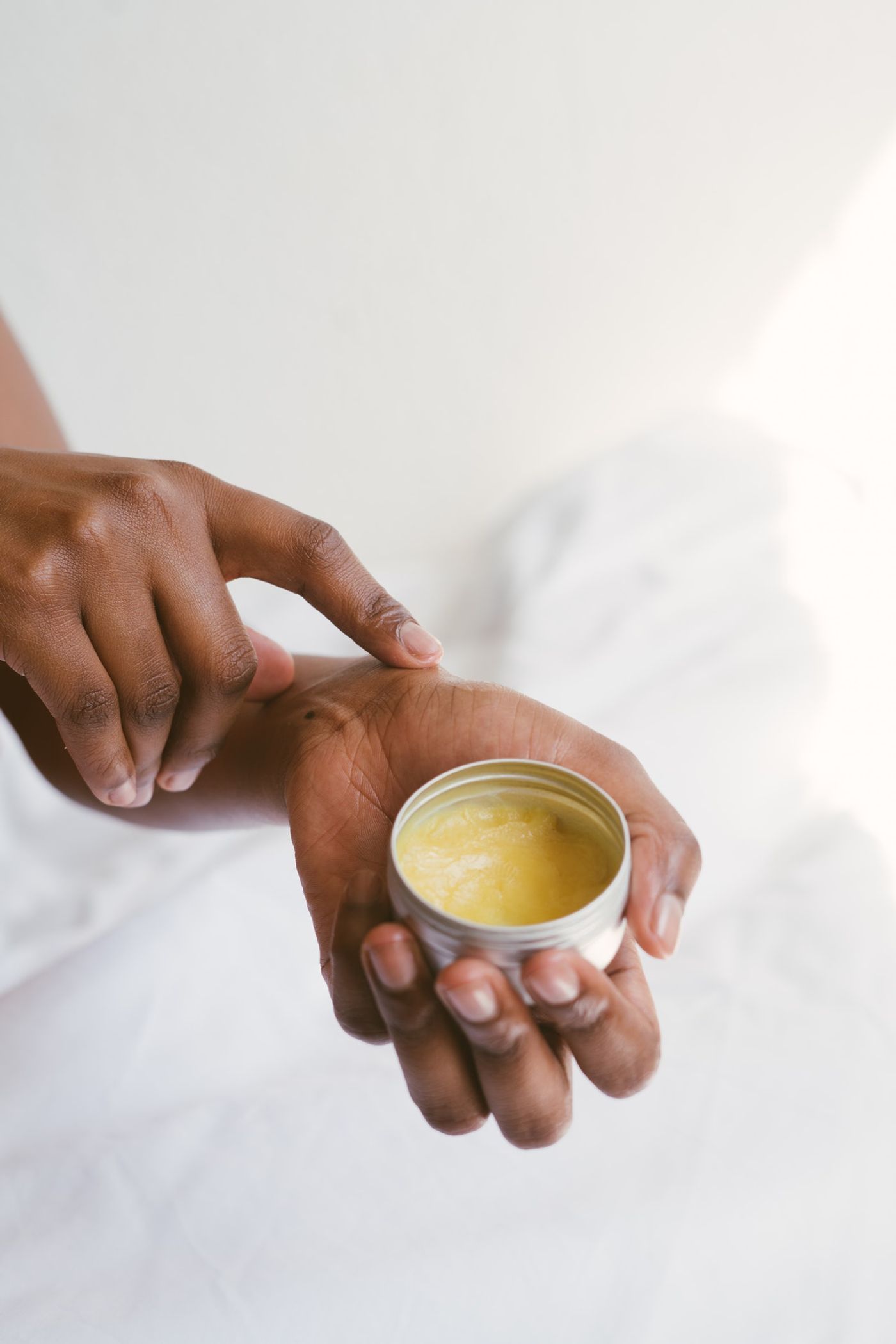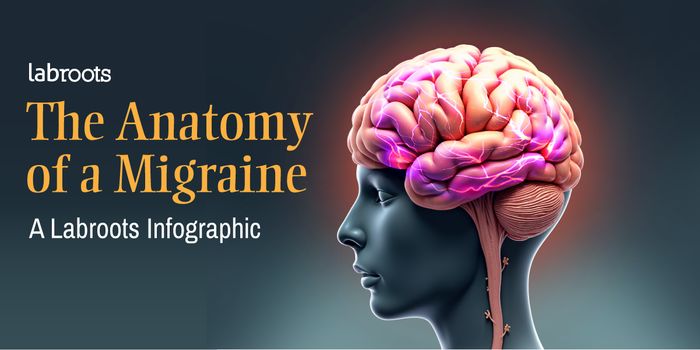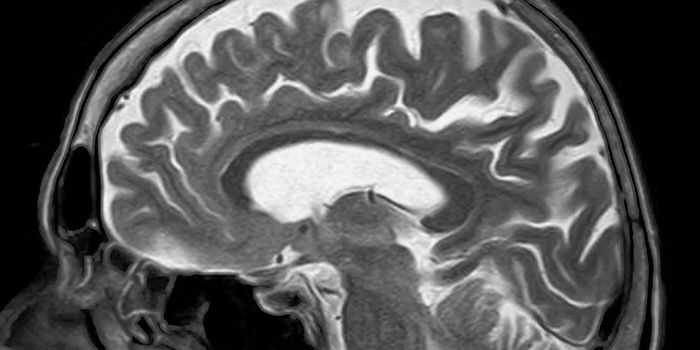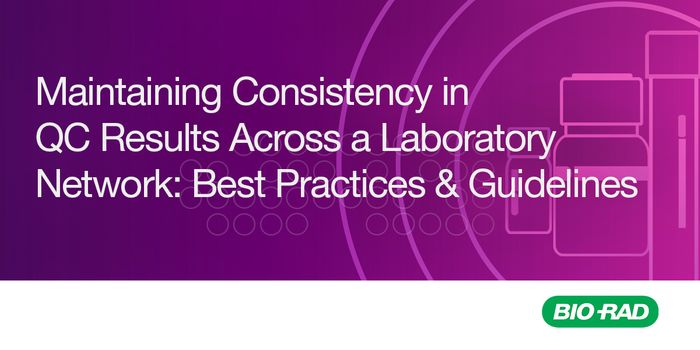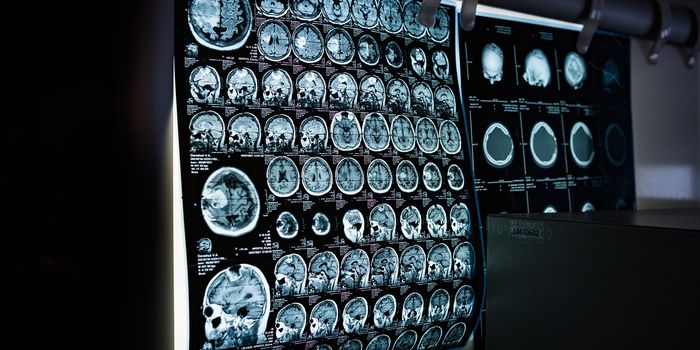From Months to Hours - Digital Tools Accelerate Dermatological Diagnoses
Getting that nasty rash treated isn’t always a straightforward process. Dermatologists have notoriously long waitlists, resulting in patients having to wait for weeks before getting a diagnosis and starting a treatment plan. According to a study published in Telemedicine and e-Health, sharing digital photographs of the patient’s affected areas with dermatologists could completely transform the clinical care process by reducing the time to consultations.
“Telemedicine offers the opportunity to accelerate health care access by getting around infrastructure barriers: namely, heavily booked dermatology practices,” said professor of Clinical Dermatology, Jules Lipoff, MD, senior author of the study.
“Our study provides evidence that more patients can be cared for with the same amount of resources we’re using now.”
The COVID-19 pandemic has forced many interactions between patients and doctors onto digital platforms to avoid physical contact where possible. This has proven how transitioning specialty care to the online space has the power to create faster, more efficient, and more cost-effective clinical practices.
“The COVID-19 pandemic has illustrated just how important it is to ensure patients have the ability to access to the care, education and support they need virtually,” said the study’s co-author Aaron Smith-McLallen, who added, “We see a future where more and more of our members will be using digital tools to complement in-person care and are working with our provider partners to make that a reality.”
Instead of the current standard of family doctors referring patients to a dermatologist, the authors studied the potential of a shared digital photography service between healthcare providers. Around 170 patients participated in the study (with their clinical information shared via the so-called Store-and-Forward platform) alongside a retrospective control group of almost 2,000 patients who went down the traditional referral route.
The study found a dramatic reduction in the time to the consultation: from around 84 days to under five hours. While faster, using digital tools to facilitate the diagnosis was not more expensive, nor did it require more consultations with the specialists to facilitate care.
“Video-based telemedicine has been extremely helpful amid the social distancing precautions brought about by the COVID-19 outbreak,” said Lipoff.
“But we also need to look toward how we can expand other forms that may be more efficient in delivering care, such as ‘Store-and-Forward,’ since we’ve shown how effective they can be.”
Sources: Telemedicine and e-Health, Penn Medicine News.
